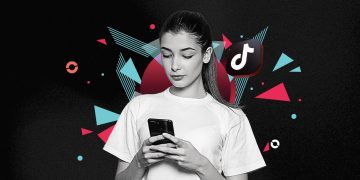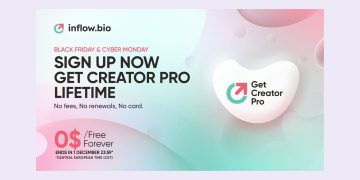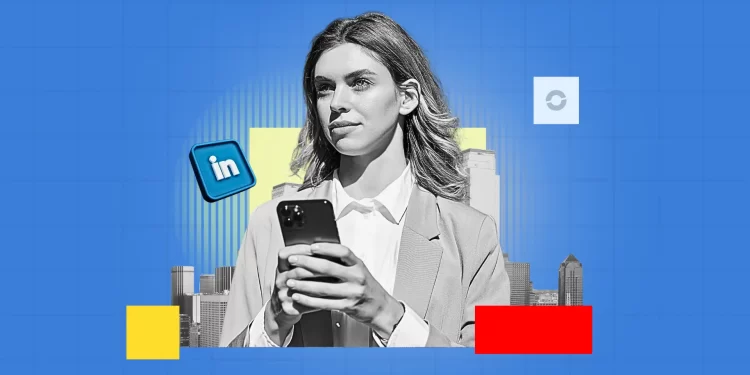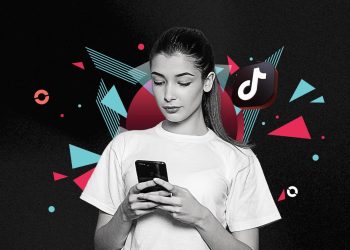LinkedIn has officially joined the creator economy. What was once a professional networking site is now a full-fledged B2B influencer platform, where executives, entrepreneurs, and industry experts compete for visibility. With over 13 million users in “creator mode”, a growing number of professionals are transforming LinkedIn into their personal stage, sharing insights, business strategies, and even life lessons in pursuit of influence.
But is this just another social media trend, or is LinkedInfluencing the future of thought leadership?
From networking to influence – how LinkedIn became the home of B2B creators
Once known for its formal, buttoned-up atmosphere, LinkedIn has evolved into a space where professionals build personal brands and monetize their expertise. With an increasing number of executives leveraging the platform to reach key decision-makers, LinkedIn’s creator economy is now a serious business.
- B2B influence is big money – The average B2B influencer contract is worth 10–20% more than consumer influencer deals.
- Major agencies are investing in LinkedInfluencers – Global advertising firms like Ogilvy are building dedicated B2B influencer teams, predicting that LinkedIn personalities could make up a significant portion of the industry.
- Even traditional influencers are getting on board – High-profile figures like Richard Branson, Arianna Huffington, and MrBeast are now using LinkedIn as part of their content strategy.

The LinkedInfluencer playbook – what works and what doesn’t
The most successful LinkedInfluencers understand how to game the algorithm while maintaining authenticity. The playbook includes:
✔ Engaging storytelling: Personal anecdotes and lessons learned (even ones that may not have actually happened) drive engagement.
✔ Hot takes on industry trends: Bold, controversial, or thought-provoking statements spark discussion.
✔ A balance between expertise and vulnerability: Posts that mix career insights with personal struggles tend to perform best.
✔ Consistency and community-building: Engaging with other LinkedInfluencers, responding to comments, and actively participating in discussions boost visibility.
However, the rise of LinkedInfluencers has also given birth to cringeworthy trends:
✖ “Broetry”: The exaggerated, overly dramatic one-liner format designed to maximize engagement but often ridiculed.
✖ Excessive self-promotion: Constant humblebrags and forced inspirational posts can feel inauthentic.
✖ Algorithm-driven engagement pods: Some LinkedIn creators join “pods” where members like and comment on each other’s posts to inflate engagement.
The ghostwriting and AI revolution – who’s really writing these posts?
With the demand for high-quality, consistent content skyrocketing, many executives and professionals are turning to ghostwriters to manage their LinkedIn presence. Agencies and freelancers now offer LinkedIn content packages, sometimes charging thousands of dollars per month to craft engaging posts, thought leadership articles, and even comments.
At the same time, AI-generated content is on the rise. With tools like ChatGPT, professionals can generate LinkedIn posts in seconds, making it easier than ever to maintain a steady stream of content. But as ghostwriters and AI take over, the question of authenticity looms large, if a thought leader isn’t actually writing their own content, are they truly influencing?















